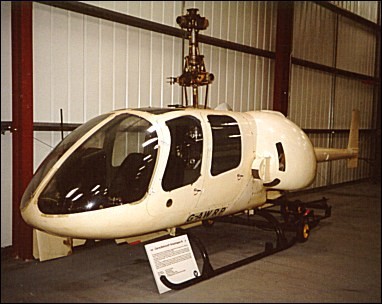
The Cierva CR Twin helicopter, also known as the Grasshopper III, was an ambitious project designed by Cierva Rotorcraft Ltd in the late 1960s. It was inspired by the need for a compact utility helicopter with high operational efficiency aimed at both civil and military markets. It was a follow-up to the earlier Cierva designs combined with the desire to build a more robust and versatile twin-engine helicopter capable of carrying passengers and cargo efficiently. It was a joint effort between Cierva Rotorcraft Ltd and Cierva Autogiro Company, designed by J.S Shapiro. Rotorcraft Ltd utilized the design concepts from the Grasshopper model, particularly its rotor and control systems, as a foundation for developing Cierva CR Twin.
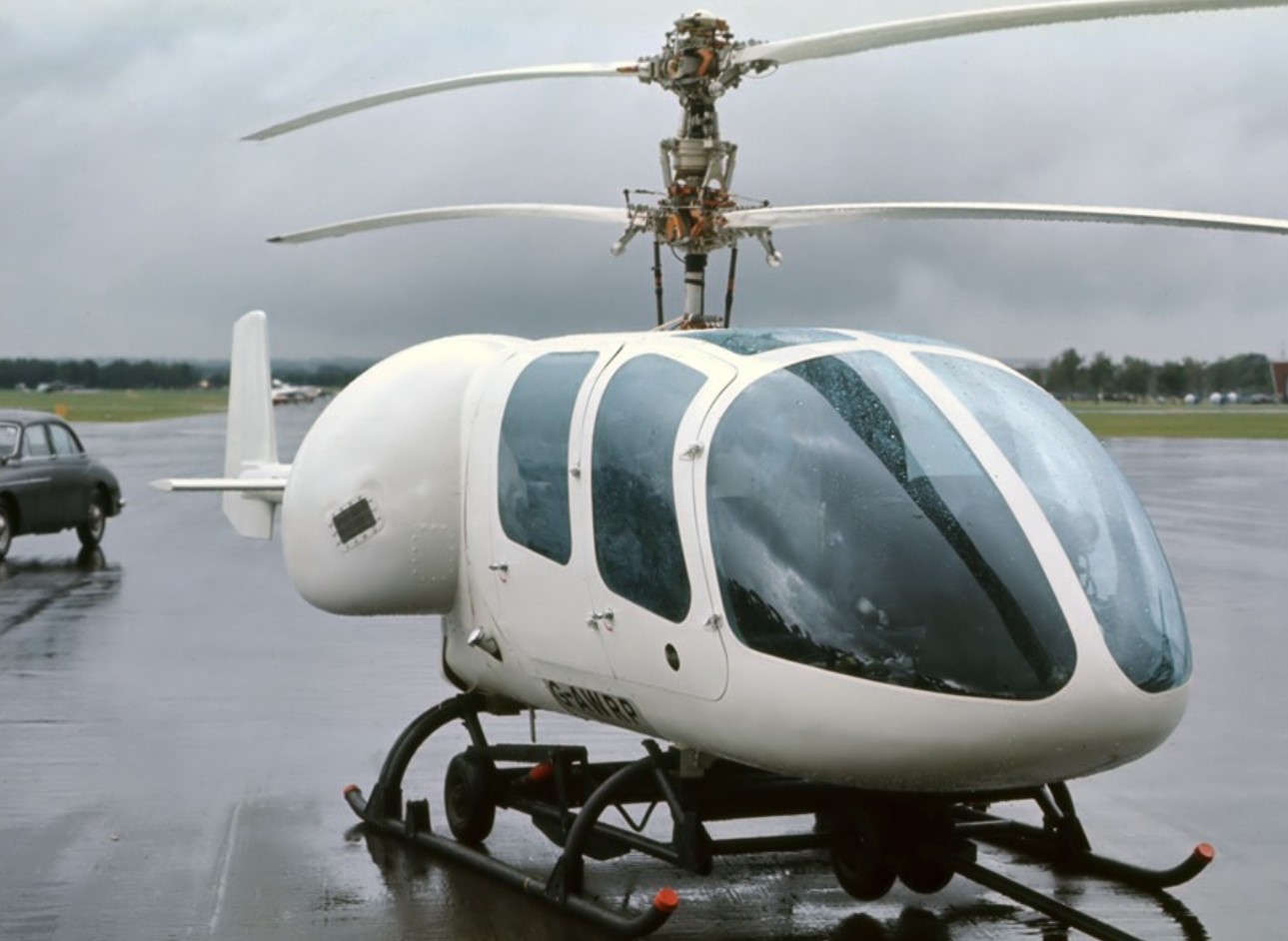
Manufacturing and Design
Grasshopper model systems were used as a reliable mechanism for rotorcrafts used mainly for testing and development of the designs during the mid-20th century. The CR Twin featured two Continental IO-360 piston engines, each producing 135 hp, with dual coaxial main rotors measuring 10.05 meters in diameter which gave it improved redundancy and power for short-range transport. It was designed to carry up to 5 passengers or light cargo up to 450 kilograms. It boasts a top speed of 130 mph, a cruising speed of 120 mph, a range of 500 miles, a service ceiling of 20,000 feet, and a maximum take-off weight of 1,440 kg.
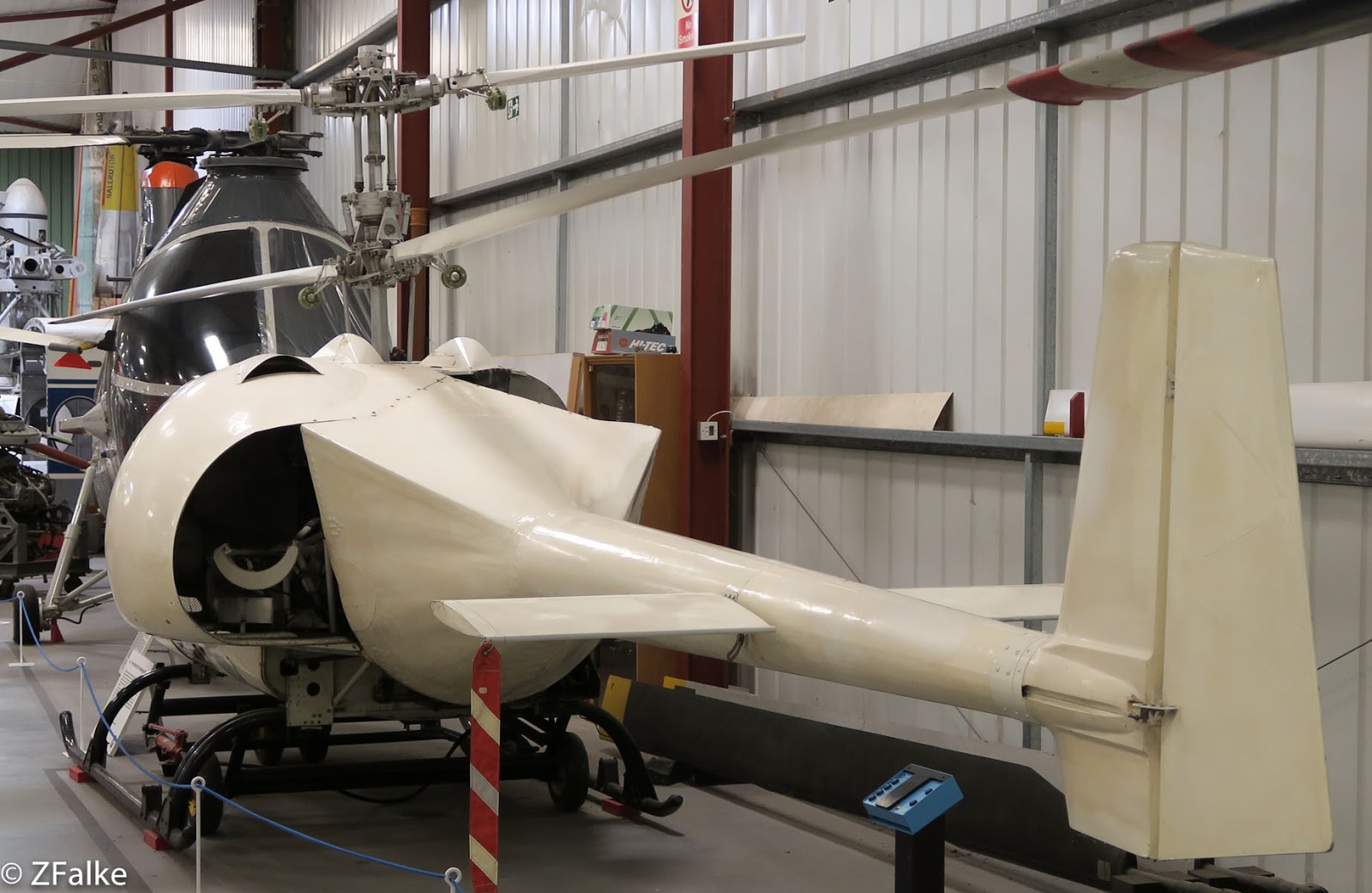
Standing out in the Crowd
The Cierva Twin was one of the few light helicopters of its time with a twin-engine configuration, offering safety and performance advantages over single-engine helicopters. However, this wasn’t the only unique thing about Cierva Twin; it was outstanding in its class for the following reasons –
- Coaxial Rotor System – This design eliminated the need for a tail rotor, reducing mechanical complexity and increasing lift efficiency. This allowed for more stability and control, especially in hover.
- Streamlined Pod and Boom Fuselage – The pod typically houses the passengers while the boom extends back to support the tail section. The streamlined nature of this configuration minimized drag while keeping the aircraft lightweight and maneuverable, increasing CR Twin’s range.
- Five-Seat Configuration – The CR Twin was explicitly designed to carry out utility operations and involved versatile roles such as search and rescue operations, medical evacuations, or passenger transport in remote areas. Thus, this seating layout struck a perfect balance between passenger capacity and operational flexibility.
- Twin Engines – For rotorcrafts like the CR Twin operating at low altitudes and in varied conditions, having a backup engine made a positive difference in safety parameters.
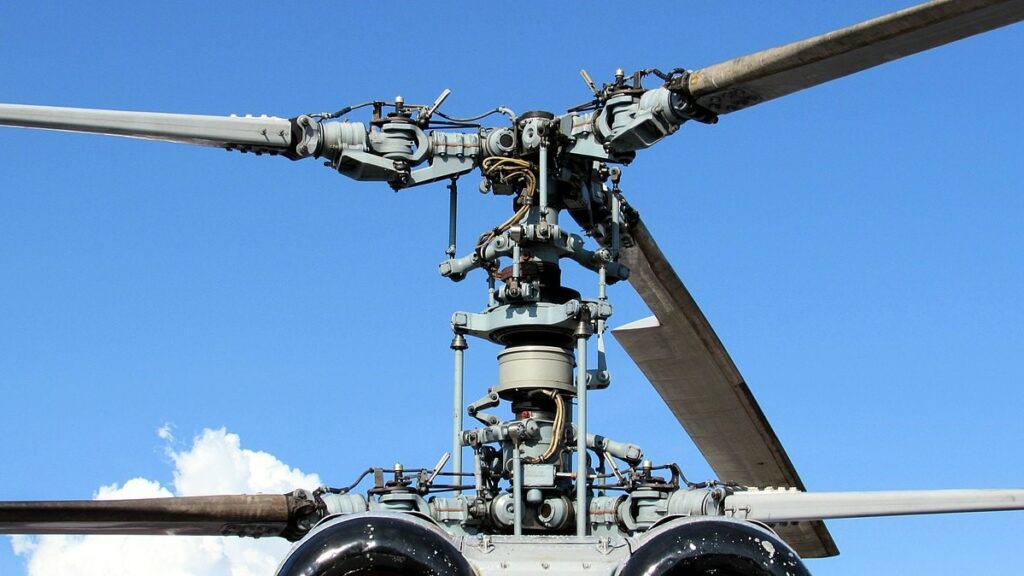
Short & Sweet
The Cierva Twin first flew in August 1969 in the UK with the prototype G-AWRP. It was followed by other prototypes, such as G-AXFM and G-AZAU, with varying engine configurations to meet the different performing needs. The CR twin did not have a long operational history with its development ceasing in the early 1970s due to financial constraints. The project was discontinued by 1975 after failing to secure the financial support required for mass production. Though no large-scale operations or significant military engagements were associated with the CR Twin, the prototypes flew within the UK for testing and evaluation purposes. The aircraft, including the preserved prototype G-AWRP, were used for further development before the grounding of the project.
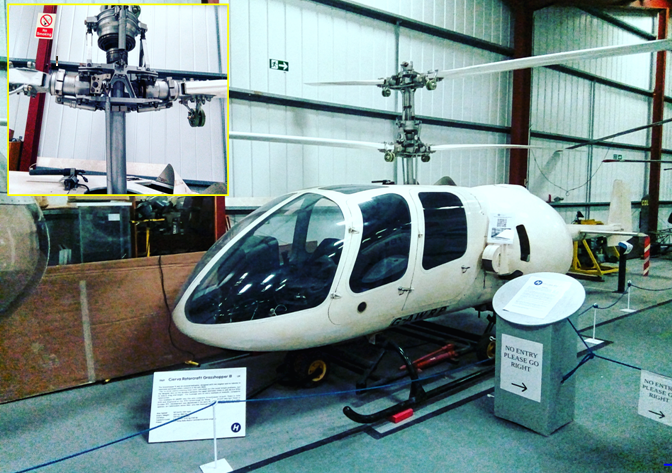
The Remainders
The Cierva CR Twin was a striving attempt to advance helicopter technology in the post-World War era. Even though it never reached mass production, it did demonstrate early efforts towards increasing the safety and efficiency of rotorcrafts by incorporating twin engines. The first prototype (G-AWRP) is preserved and displayed at The Helicopter Museum in Weston-super-Mare, UK.
About This Series
Throughout aviation history, countless aircraft designs have sparked the imagination of engineers, pilots, and aviation enthusiasts. Many of these innovative concepts, however, never made it past the drawing board or prototype stage. “Grounded Dreams: The Story of Canceled Aircraft” delves into the fascinating world of these ambitious projects that, for various reasons, were never fully realized. From groundbreaking technological advancements to strategic missteps, this exploration uncovers the stories behind the aircraft that promised to revolutionize the skies but were ultimately grounded before they could take flight. Join us as we journey through the highs and lows of aviation history, spotlighting the aircraft that could have changed the course of aeronautical progress had their dreams not been deferred. Check our previous entries HERE.
Related Articles
"Haritima Maurya, pen name, ""Another Stardust,"" has been passionate about writing since her school days and later began sharing her work online in 2019. She was drawn to writing because of her love for reading, being starstruck by the art of expression and how someone can make you see and feel things exclusive to their experience. She wanted to be able to do that herself and share her mind with world cause she believes while we co exist in this beautiful world least we can do is share our little worlds within.
As a commercial pilot, Haritima balances her passion for aviation with her love for storytelling. She believes that, much like flying, writing offers a perspective beyond the ordinary, offering a bridge between individual experiences and collective understanding.
Through her work, ""Another Stardust"" aims to capture the nuances of life, giving voice to moments that resonate universally. "


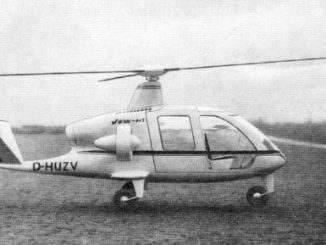
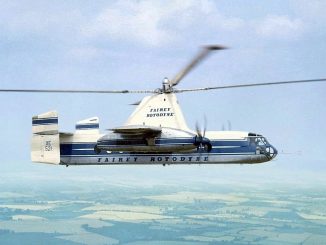
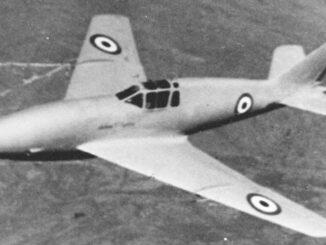


Be the first to comment
Graphic Design, Branding and Aviation Art